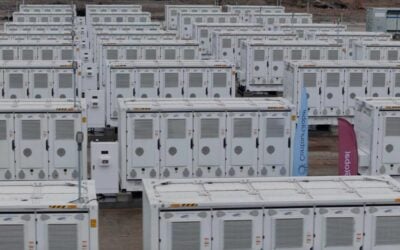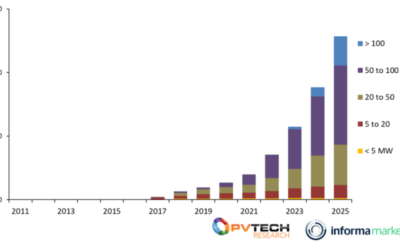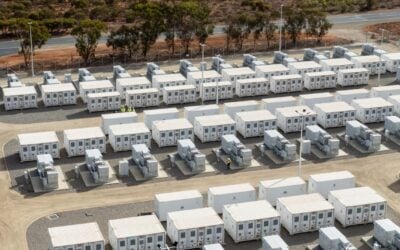Image: METKA EGN.
A 20MW energy storage project co-located with gas/diesel fired generation, to be completed in March, will deliver millions of pounds in revenue from balancing services to the national transmission network.
The Noriker Power Staunch project will be completed for Hazel Capital, which recently awarded the EPC contract to METKA EGN and will use 40 LG Chem batteries installed alongside the fossil fuel generation assets in Newcastle-under-Lyme.
The project won a two year firm frequency response (FFR) contract with National Grid, which is expected to deliver c. £2.6 million (US$3.26 million) in revenues for each of the two years contracted.
The FFR contract is estimated to represent around 70% of total revenues in each of the first two years of the project’s life.
Try Premium for just $1
- Full premium access for the first month at only $1
- Converts to an annual rate after 30 days unless cancelled
- Cancel anytime during the trial period
Premium Benefits
- Expert industry analysis and interviews
- Digital access to PV Tech Power journal
- Exclusive event discounts
Or get the full Premium subscription right away
Or continue reading this article for free
It also won a 15-year capacity market contract in the December 2015 T-4 auction which will begin in 2019. The contract price is £18,000/MW per year at 2014/15 prices and is therefore subject to be inflated by RPI (Retail Price Index) for the intervening period.
Further revenues will be accrued from Triad payments, where the installation will be used to avoid peak transmission network use charges, and electricity sales generated effectively as a by-product of creating the revenues from FFR and Triads.
The project, expected to cost £9 million to complete, is intended to deliver over £10.3 million from FFR and capacity market payments alone, in addition to Triad and other revenue streams.
This energy storage project follows the successful completion of a larger development in Puerto Rico by METKA EGN, which delivered a 57.65MWp solar farm alongside 20MW storage capacity. Renewable energy projects in Puerto Rico must comply with minimum technical requirements (MTR) to allow for their integration into the island’s grid. Developers must provide the equivalent to 30% of its nameplate capacity in storage for frequency regulation over a 10-minute duration. They must also provide 45% of the equivalent to the system’s nameplate, for one-minute ramping, with many in the industry viewing Puerto Rico as an ideal proving ground for the case for solar-plus-storage.
According to METKA EGN director Lefteris Pliakos, building on this experience will be a key focus for the company’s activity in the UK, as well as chasing opportunities for private power purchase agreements, when subsidies for large scale solar come to an end on 31 March.





